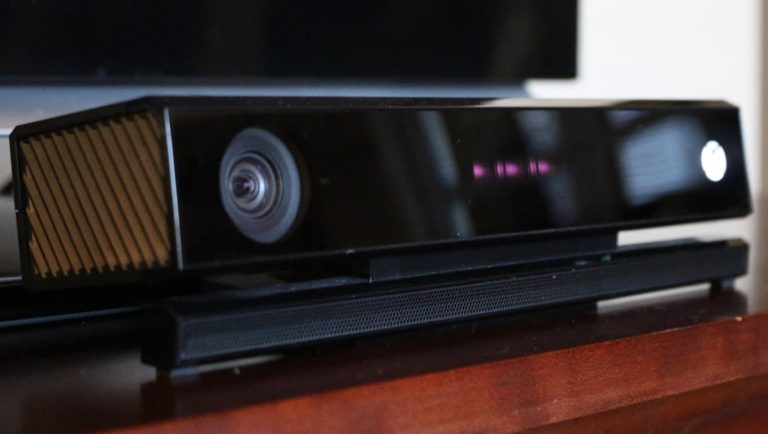At a recent demonstration in New York, Qualcomm showed off three new camera technologies for their Spectra Module Program. Qualcomm will outfit Android phones with Qualcomm’s Spectra Module camera configurations starting in 2018. The new Spectra ISP (image-signal-processing) technology contains three different aspects; an iris-authentication front-facing option, an Entry-Level Computer Vision setup, and a Premium Computer Vision kit. Here’s a look at the new Spectra ISP technology in action.
The Spectra ISP (image-signal-processing) main component is the computer vision kit. The computer vision kit has active depth sensing capabilities, much like Intel’s RealSense cameras that handle Windows Hello or Xbox’s Kinect camera system. The difference is that Spectra ISP is capable of operating successfully in a smaller space, whereas Intel’s RealSense has less success in phones and is only successful in Windows PCs and laptops.
Qualcomm claims that they will succeed using Spectra ISP in Android phone camera technology because “thermal overhead on Intel RealSense is a barrier to entry for smartphones.” Thus Intel RealSense might not work as well in small devices like smartphones. However, Qualcomm’s Spectra ISP cameras have similar features and are cheaper, but Qualcomm’s camera technology is not as precise as Intel RealSense cameras.
While there is no timeline for when we will get this technology in our hands, but Qualcomm notes the Spectra ISP technology “are expected to be part of the next flagship Snapdragon Mobile Platform.” Qualcomm is estimating that the new technology will be ready for new Android phones in 2018, but that’s a big “if” on whether smartphone companies choose to use Qualcomm’s technology. We’ll have to wait and see.


